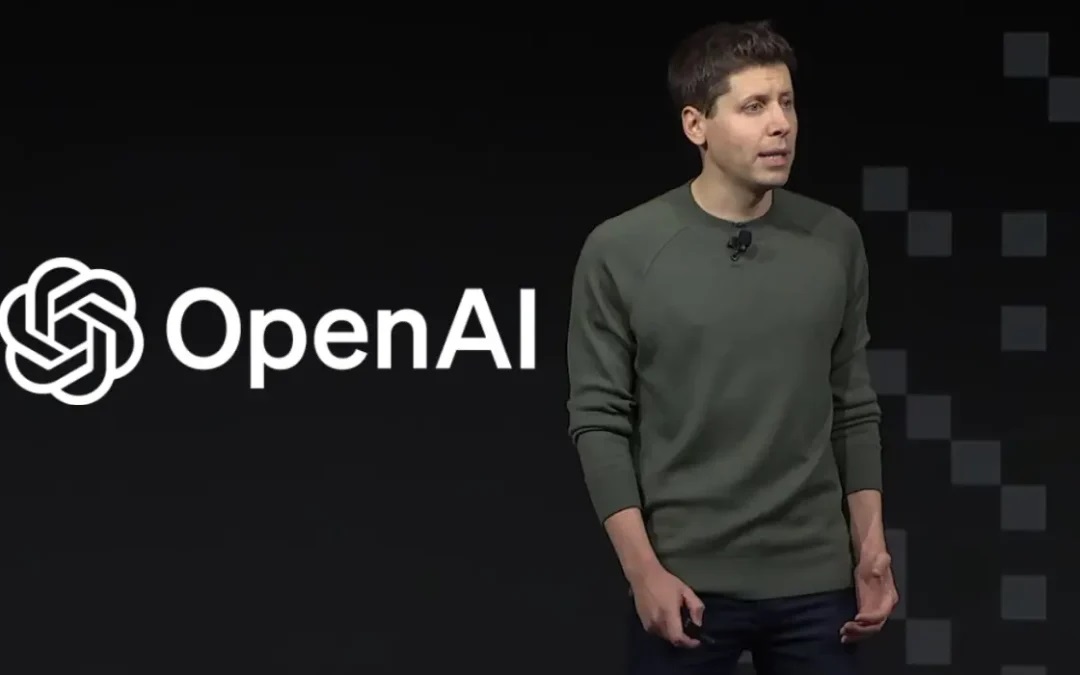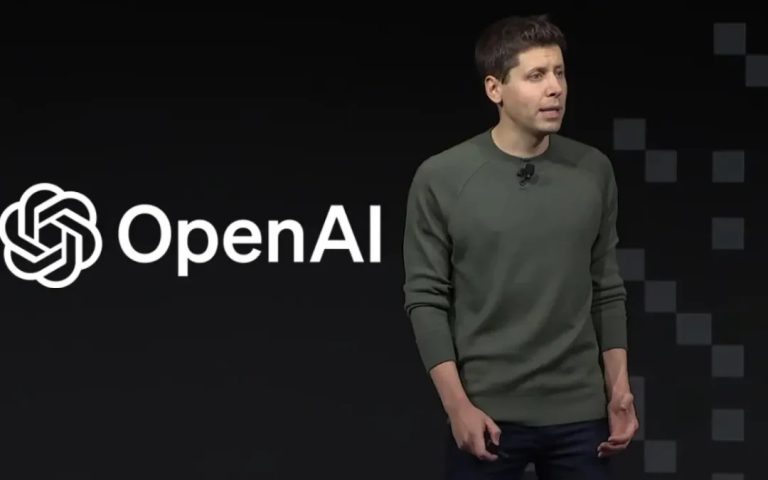OpenAI’s Revenue Hits $4.3bn in First Half of 2025, But Cash Burn Remains Heavy


OpenAI generated about $4.3 billion in revenue in the first half of 2025, according to financial disclosures to shareholders reviewed by The Information. The figure represents a 16% jump over its total revenue for all of 2024, underscoring the scale of demand for artificial intelligence tools like ChatGPT.
At the same time, the disclosures show the AI company is still spending aggressively to secure its lead. OpenAI reported a cash burn of $2.5 billion in the first six months of the year, largely driven by the immense cost of running and developing large-scale AI models.
Heavy R&D Spending
The report highlights that OpenAI poured $6.7 billion into research and development during the period, a level of spending unmatched in the sector. Even after such outlays, the company closed the half-year with $17.5 billion in cash and securities, giving it substantial firepower to pursue expansion despite mounting costs.
Register for Tekedia Mini-MBA edition 18 (Sep 15 – Dec 6, 2025): registration continues.
Tekedia AI in Business Masterclass opens registrations.
Join Tekedia Capital Syndicate and co-invest in great global startups.
Register for Tekedia AI Lab: From Technical Design to Deployment.
OpenAI told investors it expects to meet its full-year revenue goal of $13 billion while keeping cash burn within its $8.5 billion target.
Valuation and Liquidity Moves
The financial disclosures land as OpenAI continues to explore ways to broaden its capital base. In August, Reuters reported the company was in early discussions about a stock sale allowing employees to cash out, a move that could value the firm at roughly $500 billion. Such secondary sales are increasingly common among late-stage private companies as they balance high valuations with the need to retain talent.
Investor appetite remains strong for Nvidia, which has benefited enormously from the AI boom. The company announced last week that it will invest up to $100 billion in OpenAI and supply data-center chips critical to scaling the company’s operations. The partnership links OpenAI more closely to the dominant supplier of AI infrastructure, ensuring a steady pipeline of computing power even as rivals like Anthropic, Google DeepMind, and xAI expand their own model development.

How OpenAI Stacks Up
While OpenAI’s revenue trajectory is the steepest in the industry, its burn-to-revenue ratio is far higher than its peers. By comparison, Google DeepMind — folded into Google’s broader AI division — is estimated to spend several billion annually, but Alphabet’s vast advertising revenues cross-subsidize those costs, shielding investors from the kind of direct burn rate OpenAI is shouldering.
Anthropic, backed by Amazon and Google, has pursued a more measured growth strategy. Its last reported figures suggested annualized revenue in the low billions, but with lower infrastructure costs as it leaned heavily on its cloud backers for credits and partnerships. xAI, Elon Musk’s entrant, has raised billions but is still at an earlier stage of monetization, focusing on consumer subscriptions and integrations with Tesla and X.
In this context, OpenAI’s $6.7 billion R&D spend in just six months signals both its scale and its structural disadvantage: unlike DeepMind, it lacks a parent company with diversified revenue streams, and unlike Anthropic, it must sustain massive compute costs more directly on its balance sheet.

The Assumptions
For financial markets, OpenAI’s numbers highlight the paradox of generative AI: surging top-line growth paired with eye-watering costs. Investors are expected to interpret the $4.3 billion revenue haul as validation of enterprise adoption and ChatGPT’s stickiness, but the $6.7 billion R&D spend underlines how capital-intensive the race for model dominance has become.
Behaviorally, the disclosures may harden a view among investors that only a handful of players — those with access to vast computing resources and strategic partners like Nvidia — can realistically compete at scale. At the same time, the looming $500 billion valuation could spark debate in financial circles about whether OpenAI is entering “mega-cap tech” territory in private markets, or whether its cash burn points to a model that will remain structurally expensive for years.
With OpenAI signaling confidence in its full-year revenue and cash-burn targets, markets may treat its disclosures as evidence that the AI wave remains in full force — but also as a reminder that profitability, not just scale, is the long-term hurdle.





